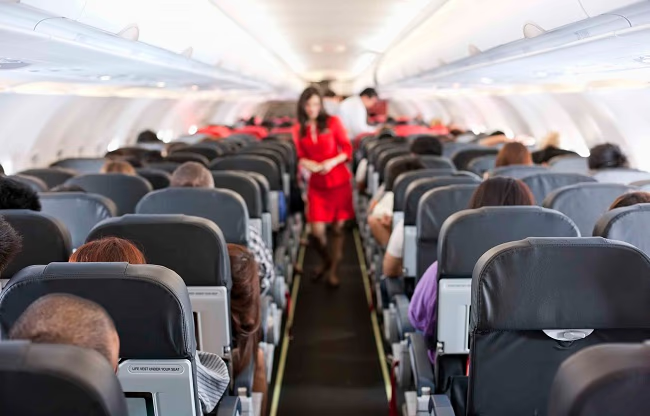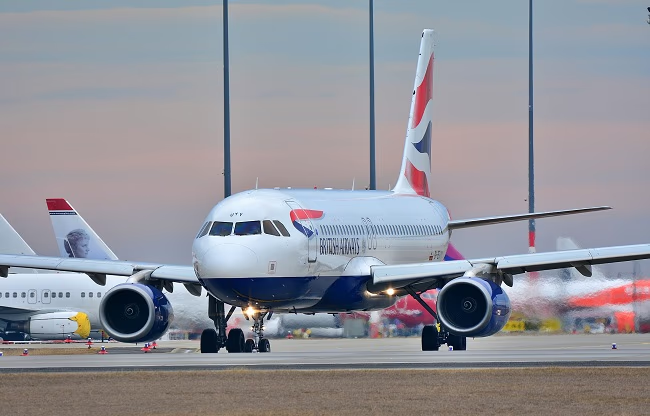Even central ministers are now complaining about airline arrangements. Recently, after Shivraj Singh Chouhan, Sunil Jakhar shared images of broken seats, expressing concerns that airlines compromise passenger safety. But what if there were no seats available on flights, and standing travel was the option? The concept of 'standing room only' has been on the table for a while. International aviation companies are also eyeing this to make flights budget-friendly.
Several years ago, an NGO called FlyersRights, working on flyer benefits, conducted a survey indicating that only 25% of passengers can comfortably fit into seats. According to the organization, airlines continue to reduce seat space to charge more for legroom. Extra charges apply for comfortably sitting space or legroom in flights.
What Are the Risks?
Cramped seats are not just uncomfortable; they pose dangers during emergencies. The American Economic Liberties Project, a think tank questioning corporate accountability, criticized the Federal Aviation Administration, suggesting that rapid evacuation becomes impossible with tighter seat spacing, which could be life-threatening. Long flights may also trigger serious issues like blood clotting.

Source: aajtak
Despite these issues, airlines are not only shrinking seat sizes but also pondering the idea of standing flights. In 2003, airline manufacturing company Airbus discussed vertical seats, aimed at low-cost flights, offering quick travel without hefty fares.
After Airbus, several companies proposed such ideas. Passengers would stand strapped in belts to mitigate turbulence risks. Some even suggested semi-seated options akin to bicycle seats.
Airlines cannot bring in vertical seats, but they continuously reduce seat sizes. Forbes reported that in past years, average airline seat widths decreased from 18 inches to 16.5 inches. That's the global scenario. Studies suggest adults need 20 to 24 inches for seated comfort.

Source: aajtak
The 'standing room only' seat arrangement implies passengers travel standing rather than seated, allowing airlines to carry more passengers at lower costs. Flyers receive a vertical seat to lean on slightly but remain standing. These seats resemble standing arrangements in buses or trains, with safety belts securing passengers. Seat space between rows is minimized, making this a 20-year-old topic of debate without gaining approval due to safety concerns.
Risks Associated with Vertical Seats
In emergencies like turbulence or crash landings, passengers may suffer serious injuries. Aviation safety regulators prioritize passenger dignity and comfort, requiring that each passenger have a standard seat and belt, which is impossible with standing seats. For elderly or health-compromised flyers, it's a very inconvenient idea. Standing seats being almost adjacent could also lead to privacy invasions.




